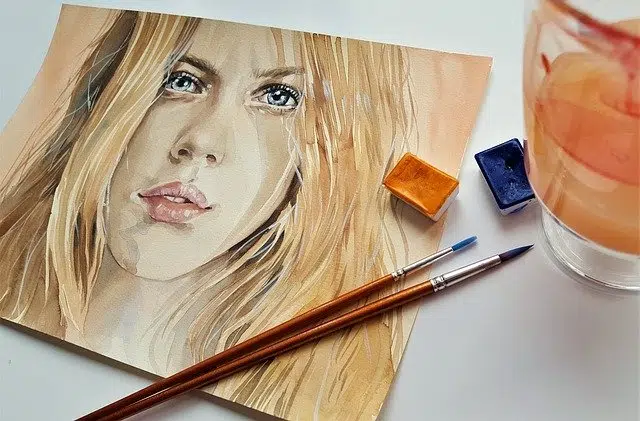
Pictorial art is captured through painting.
Pictorial is an adjective that comes from pictor , a Latin term that can be translated as “painter.” The pictorial, therefore, refers to what is linked to painting .
For example: “My knowledge of painting is zero, but the truth is that I loved this painting,” “The classes paid off: yesterday I was able to sell my first painting,” “My uncle always sought to express his feelings, whether through the musical or the pictorial.”
Painting as art
To understand the concept of pictorial, it is inevitable to know clearly what the notion of painting refers to. On the one hand, paint is that substance that is used to cover a material , leaving a very thin layer on it. Painting, on the other hand, is the name given to the work of art on which something is painted and even the name of this artistic branch in general.
If we talk about pictorial art , in this way, we will be referring to those expressive manifestations that are developed with paint. There are various pictorial supports , such as canvas, a mural or wood. An artist can draw and spread pigments on these supports to create a work .
pictorial portrait
A painting that seeks to reproduce the face of a person is known as a pictorial portrait . These portraits were very popular in ancient times, when photography did not exist, since they allowed the appearance of an individual to be immortalized thanks to the talent of the painter. Members of the nobility used to commission pictorial portraits that they then exhibited as a demonstration of power and to promote the cult of their person.
Currently, this genre of painting continues to be important to the upper class and members of the government, although it is also accessible to middle class people. In addition to people, pictorial portraits can also be used to represent animals, although this case is less common. On the other hand, it is also possible for an artist to portray himself, a type of work known as a self-portrait .

A pictorial portrait focuses on a person's face.
Keys for its creation
When making a pictorial portrait, the artist has two difficult tasks: faithfully represent the physical appearance of the subject, so that anyone close to him can easily recognize him; capture in the work the essence and spirit of the subject, the sensations and feelings that it manifests at the moment of being portrayed. Aristotle stated that art should focus on the internal meaning of things , since this constituted authentic reality .
Supported by these principles, artists usually avoid the material plane interfering in the portraits, which is why facial expressions and disordered postures are very rare; On the contrary, it is normal for the subjects portrayed to appear serious or with a slight smile. Thanks to this stripping away of appearances, it is possible to achieve a wide range of emotions , both direct and ambiguous.
The importance of eyes and eyebrows in pictorial portraiture
The writer and artist Gordon C. Aymar assures that the eyes are the most important point of a pictorial portrait, they are the most reliable and complete source of information about the subject , and that eyebrows can transmit endless emotions, among which They encounter fear, nostalgia, hope, sorrow and displeasure. In addition, the most skilled artists can achieve a great series of subtle combinations and variations thereof, simply through the eyebrows and eyes.
The pictorial portrait can present the subject in full body, from the waist or shoulders, from the front, in profile or three-quarters, and with different lighting combinations, among many other possibilities. Likewise, there are portraits that show various points of view of the subject, and even some that do not expose their face.
